When it comes to protective gear, body armor is one of the most important pieces of equipment for military personnel and law enforcement officers. Level IV body armor is the highest level of protection available, and it is designed to protect against armor-piercing projectiles and high-velocity bullets. In this blog post, we’ll take a deep dive into the science behind level 4 body armor design. From the materials used to the testing procedures, we’ll cover everything you need to know about this critical piece of protective gear.
Material Selection:
Level IV body armor is made from a combination of materials that provide unmatched protection against high-powered ballistic threats. The main component is typically ceramic plates, which are backed by a layer of ultra-high-molecular-weight polyethylene (UHMWPE) fibers. Another important material is aramid fibers, which are used to create a ballistic fabric that can be incorporated into soft body armor. These materials are chosen for their exceptional durability, density, and ability to absorb the force of a bullet impact.
Weight Considerations:
One of the biggest challenges in designing level IV body armor is creating a system that is both protective and practical. In many cases, the weight of the armor plate can be a significant issue for military and law enforcement personnel, who may have to wear it for extended periods. To address this issue, armor manufacturers have developed design strategies that use lightweight materials and innovative construction techniques without sacrificing protection.
Testing Procedures:
Before level IV body armor is deemed ready for use, it undergoes rigorous testing to ensure that it provides superior protection against high-velocity bullets and other ballistic threats. The National Institute of Justice (NIJ) has established a set of testing protocols that all body armor manufacturers must follow to receive certification. These tests evaluate the armor’s ability to stop various types of bullets at different velocities, as well as its ability to withstand impact without breaking or degrading.
Maintenance and Care:
To ensure that level IV body armor is always ready for use, it is important to follow proper maintenance and care procedures. This includes regular inspections to check for damage or wear, as well as cleaning and storage protocols to prevent damage from moisture or other environmental factors. Additionally, it is important to replace any damaged or expired armor plates or soft armor components as soon as possible to maintain maximum protection.
Level IV body armor is an essential piece of protective gear for military personnel and law enforcement officers. Understanding the science behind its design can help enhance its safety and effectiveness in the line of duty. By selecting the right materials, considering the weight of the armor, adhering to standardized testing protocols, and following proper maintenance and care procedures, we can ensure that level IV body armor provides the ultimate protection against ballistic threats. As armor technology continues to advance, we can expect to see even more innovations in this critical area of protective gear.
For more great articles, please click here.

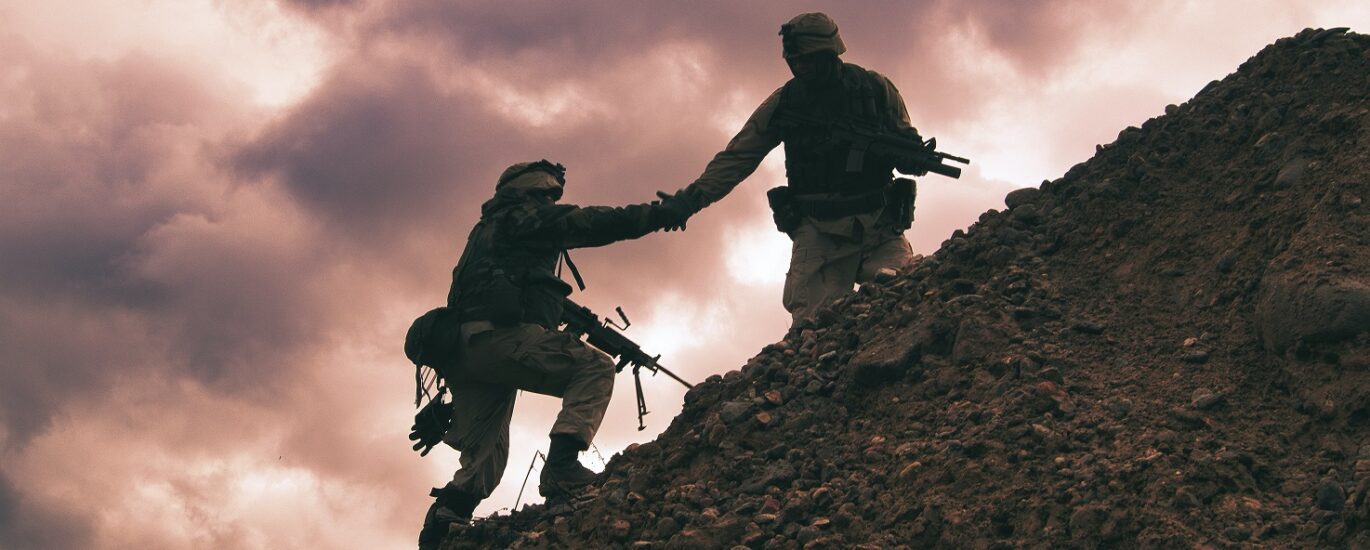
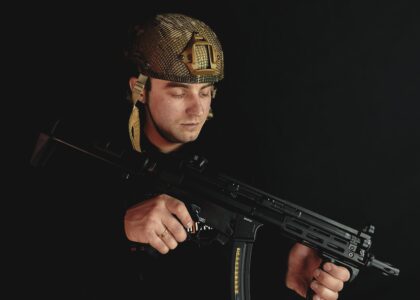
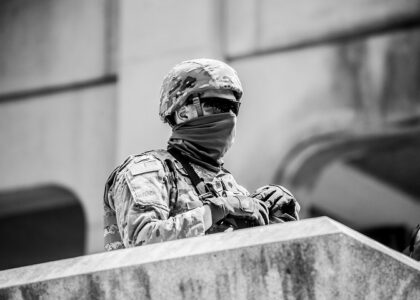
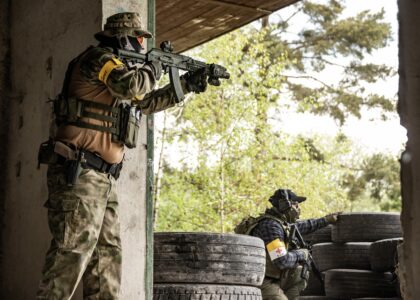
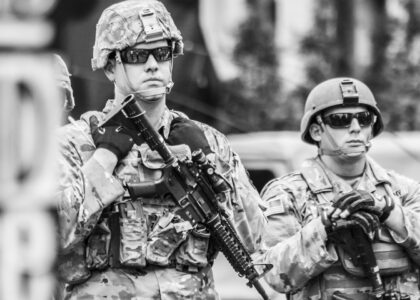
Recent Comments